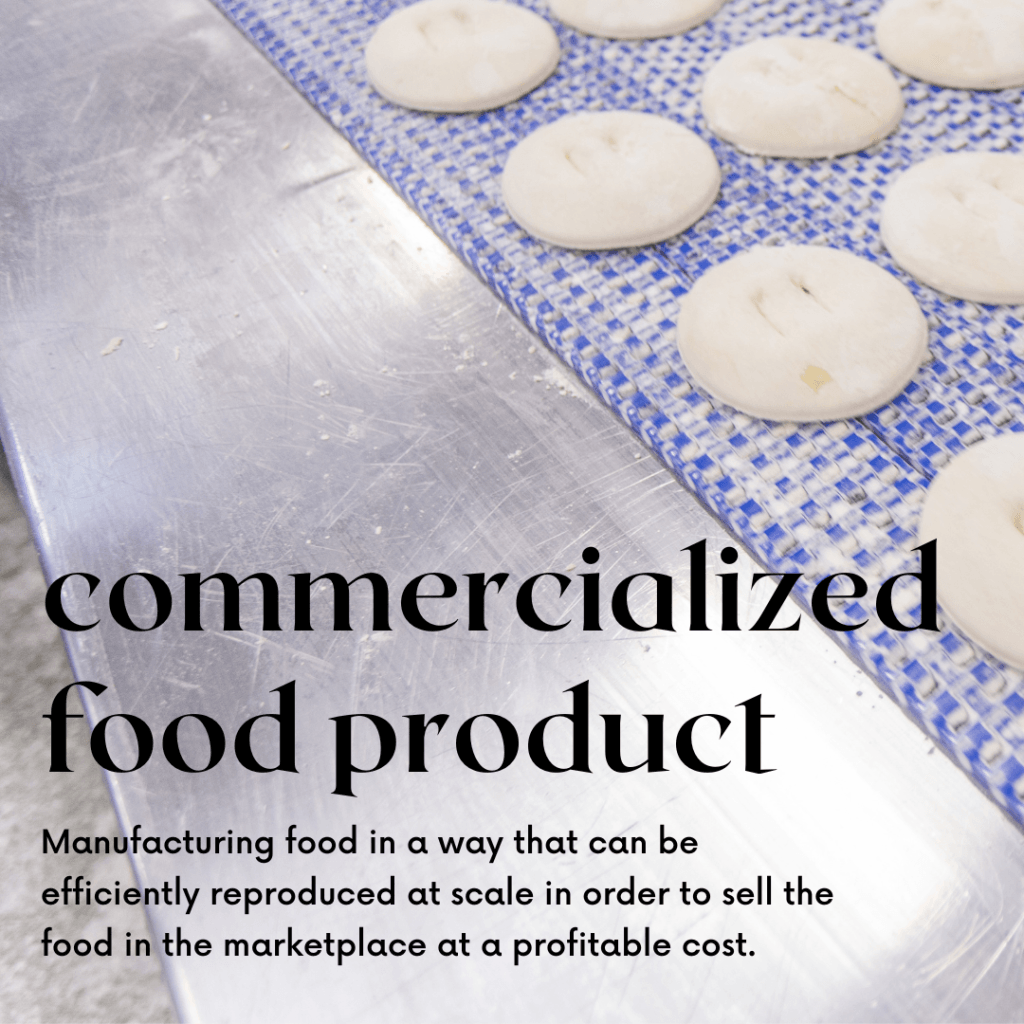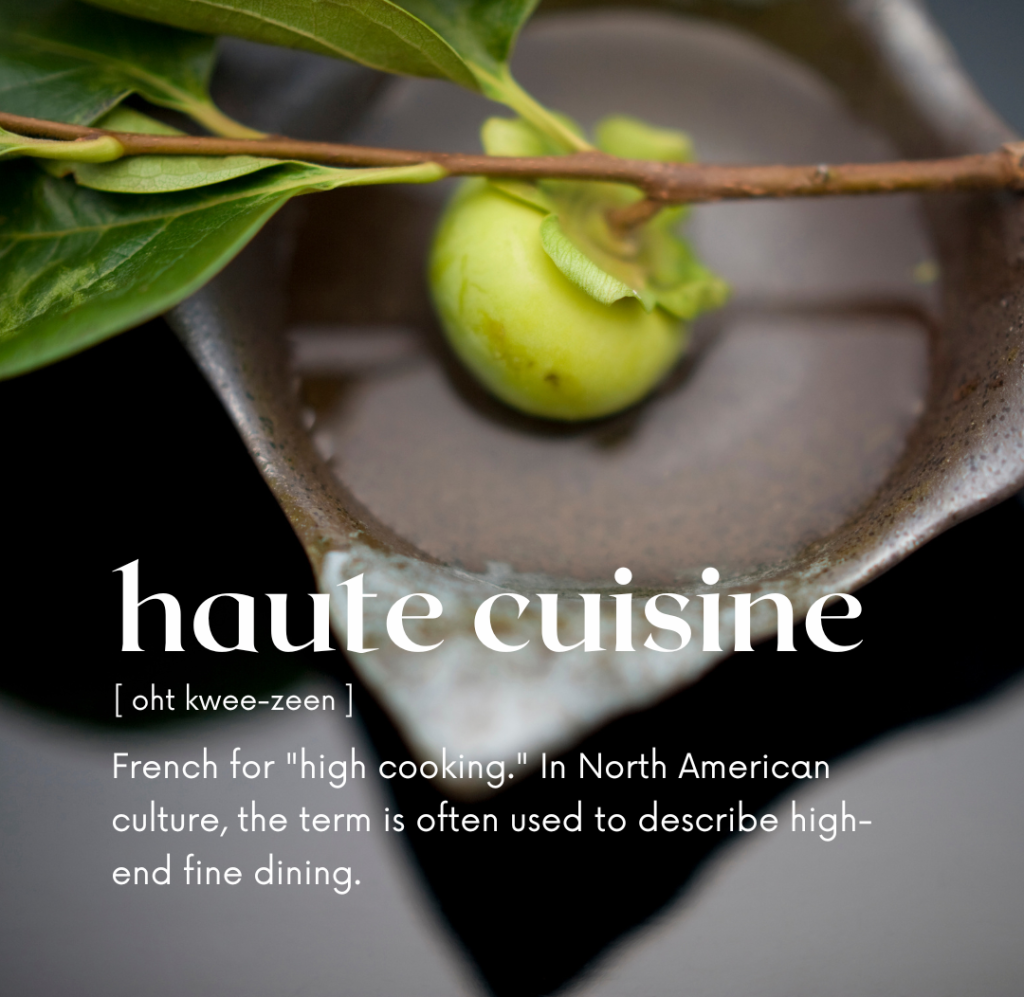Those who have gone to culinary school or worked in a reputable professional kitchen know the importance of plating up food the right way. There are rules that must be followed when presenting food! For example:
- Balance food textures using bread, sauces, herbs, and vegetables.
- Balance colors by including a variety of colors and making sure no colors clash.
- Leave negative (blank) space on the plate.
- Envision a general shape on the plate, like an upside-down triangle, arc, line, or circle (or clock), and place food on the shape accordingly.
- The protein or main food item is typically the focal point and is placed on the plate closest to the consumer.
- If it’s a small portion and you are able to stack the food, do. It’ll make the portion look bigger.
- Cut large food items at a horizontal angle.
But these are just the basic food plating rules. There is a lot more to food plating in food service.

The Plating 80/20 Rule
Instead of spending 80% of your time cooking food items and 20% of your time rushing to plate the food, which results in inconsistency and a sacrificed presentation, why not flip the time spent around?
If you can spend 20% of your time reheating high-quality prepared foods that will leave 80% of your time to focus on fresh garnishes and plate presentation, the items most customers notice anyway. After all, we do eat with our eyes first.
Here at FDR, we recognize that reheating food items is a controversial approach for those who haven’t worked in a professional kitchen. Not all consumers know the prevalence of commercialized restaurant food products and many who do are disappointed.
The thing is though…it’s key to restaurant profitability, and you can rely on commercialized food products without compromising on quality or flavor, too. If you expect your food in 12 minutes, you should expect some of the work to be automated.

Ensure Food Presentation Consistency
As mentioned with the 80/20 rule above, consistency is important when it comes to plating. If you bring two prime rib dishes to the same table and they look entirely different, what will the customer think? Why is there so much spinach on one plate and not enough on the other? That could get expensive if your serving sizes vary that way.
In addition to relying on commercialized food products (the #1 way to ensure consistency with every dish that goes out), try these plating techniques for consistency, too.
- Rely on chef plating tools like graters, squeeze bottles, tongs, tweezers, saucier spoons, and slotted plating spoons among other tools
- Train your cooks to plate like a chef and your servers and food runners to recognize food presentation inconsistencies
- Come up with your own in-house plating guide template, like this simple one from Unilever Food Solutions.
Restaurant Plating Trends
As with all things, there are restaurant plating trends that come and go. Remember microgreens and molecular gastronomy? Those plating techniques aren’t so popular these days – though, we do fully support these aromatic smoke bubbles for cocktails. Haute cocktail and cuisine trends aside, these are some of the restaurant plating trends we are seeing as of the writing of this article (October 2022):
- Keep a simple approach with plenty of negative space between food items.
- White plates are no longer. Give the plate personality.
- Rustic vibes, please.
- More veg. More veg. More veg. This Food & Wine article says it all. People want more of it and local, in-season produce whenever possible. That means more fresh garnishes and prepared vegetable dishes of all colors and sizes.

Thanks for stopping by and reading the Food & Drink Resources blog. Here we talk about food trends, culinary innovation, and the work of our team.
